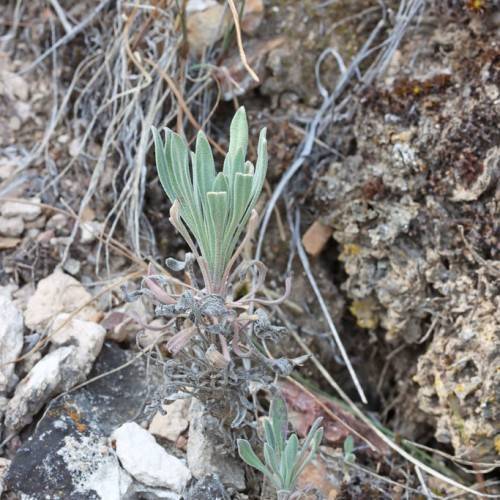
Woody-Branched Rockcress
Boechera lignifera
Watering:
Minimal
Hardiness Zone:
Sun:
full sun,part shade
Leaf:
Yes
Growth Rate:
Low
Drought Tolerant:
Yes
Salt Tolerant:
Yes
Care Level:
Medium
watering
This robust alpine plant species requires minimal watering and thrives with a drier environment. During the growth period, water Holboell’s Rockcress every 3-4 weeks, adding enough water until the soil is damp but not soggy. Avoid overwatering to prevent plant rot. During the dormant winter period, water approximately once a month or less if temperatures drop below 32 degrees Fahrenheit.
sunlight
Holboell's Rockcress (Boechera holboellii) flourishes best in full sunlight; however, the plant is fairly tolerant when it comes to sunlight and will still grow well with some partial shade. Generally, it is best to give Holboell's Rockcress at least 6 hours of direct sunlight each day. Holboell's Rockcress should preferably get the 6 sunlight hours in the morning to allow it to dry out throughout the rest of the day. This will help to prevent the plant from succumbing to diseases associated with high humidity.
pruning
Holboell's Rockcress should be pruned once a year, preferably in either the late fall or early spring. Generally, pruning should only remove the flower stems once they have ceased blooming. Since Holboell's Rockcress will generally self-seed if left alone, pruning not only promotes bushiness of the plant and helps keep it looking neat, but also facilitates easy removal and clear paths for weeding if necessary. It is important to only remove flower stems and not leave bare, stubby branches to avoid breakage in strong wind or direct sunlight.
